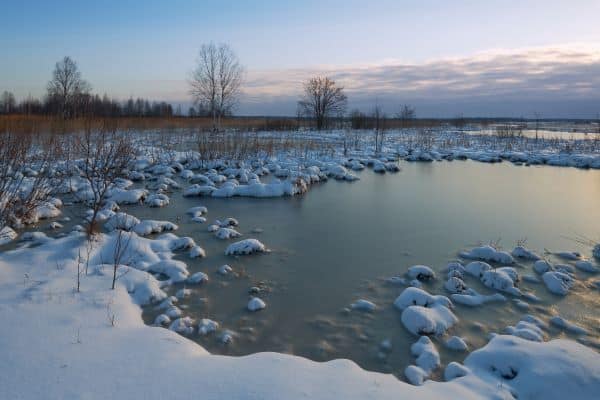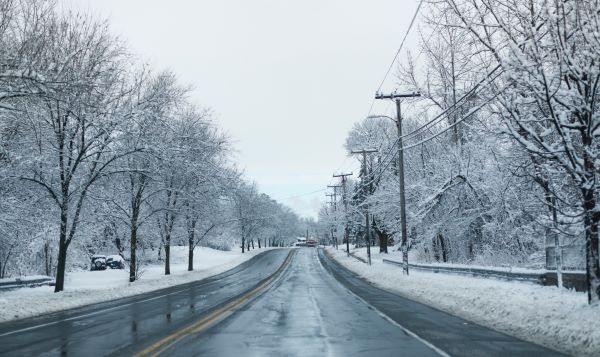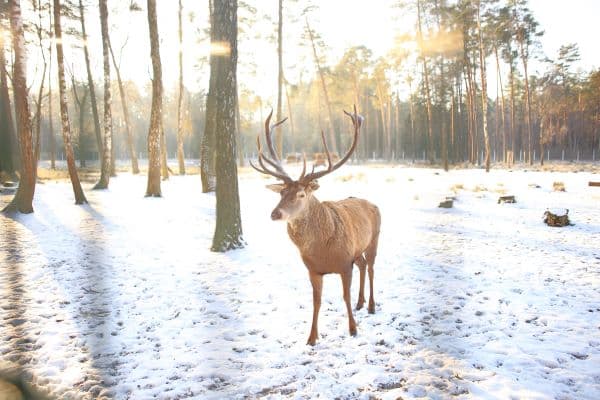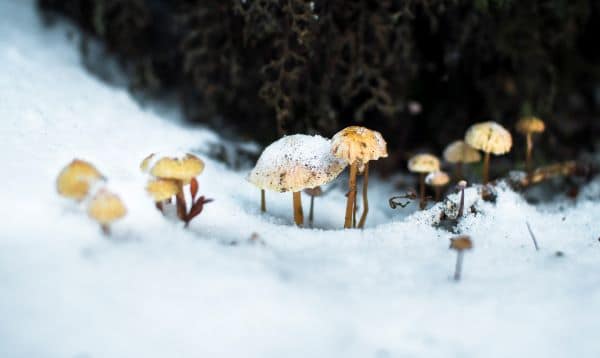As the world experiences the chill of winter, its impact extends beyond just the need for warmer clothing and heating. With its unique characteristics of snow, frost, and shorter days, winter weather plays a significant role in shaping local ecosystems. This article delves into how these cold months affect plant and animal life, aquatic systems, microorganisms, and even the influence of human activities on these natural processes. Understanding the dynamics of winter weather on local ecosystems is crucial for appreciating the delicate balance of nature and the importance of preserving it.
Contents
Defining the Ecosystem

An ecosystem is a complex network of living organisms interacting with each other and their physical environment. In local ecosystems, this includes a variety of plants, animals, microorganisms, and the geographical features that support them. These systems are finely balanced, with each component playing a role in maintaining the overall health and sustainability of the environment. The flora and fauna in these ecosystems have adapted to their specific regional climate and geographical features, making them unique and vital to the ecological balance.
The intricate balance within ecosystems results from millions of years of evolution. Plants provide food and oxygen, while animals contribute to pollination, seed dispersal, and maintaining population balances. Microorganisms and fungi decompose organic matter, cycling nutrients back into the soil. This interdependence means that changes in one part of the ecosystem, such as those brought on by winter weather, can have ripple effects throughout the system.
Winter Weather Patterns

Winter weather is characterized by a temperature drop, often leading to snow, ice, and frost. These conditions vary greatly depending on geographical location. In some areas, winters are mild and short; in others, they are harsh and long-lasting. This variation influences local ecosystems differently, shaping the survival strategies of the resident flora and fauna.
The intensity and duration of winter weather are crucial in determining its impact on ecosystems. Extended periods of cold can lead to frozen soil and water bodies, affecting the availability of food and shelter for wildlife. Snow cover, while providing insulation for some organisms, can also pose challenges for others regarding mobility and foraging. Understanding these patterns is essential to grasp how ecosystems adapt and survive through winter months.
Effects on Plant Life

Winter’s cold temperatures and frost can significantly affect plant life. Many plants enter a dormant state to conserve energy and survive the harsh conditions. Deciduous trees shed their leaves to reduce water loss, while some perennials die back to the ground, with their roots surviving underground. This dormancy is a crucial adaptation that allows plants to withstand freezing temperatures and limited sunlight.
However, not all plants can survive the winter, leading to changes in the landscape and available food sources for animals. Some species have developed antifreeze-like chemicals to prevent ice crystal formation in their cells, while others have hardy seeds that can germinate in the cold. These adaptations are essential for continuing plant species through winter and spring.
Animal Behavior and Winter

Animals display a variety of behaviors to cope with winter conditions. Many species, such as birds and mammals, migrate to warmer regions for food and suitable living conditions. This migration is significant in many ecosystems, affecting food chains and predator-prey relationships.
For non-migratory animals, winter poses a challenge. Some, like bears, enter hibernation, reducing their metabolic rate to conserve energy. Others, like deer, grow thicker fur and store fat to insulate themselves against the cold. These adaptations are critical for survival when food and temperatures are scarce. These animals’ ability to adapt ensures their survival and maintains the ecological balance within their habitats.
Microbial and Fungal Activity

Microorganisms and fungi are crucial in ecosystems, especially nutrient cycling and decomposition. During winter, the activity of these organisms slows down due to lower temperatures and reduced availability of decomposable material. This slowdown can affect nutrient availability in the soil, impacting plant growth.
However, not all microbial activity ceases. Some microbes are adapted to cold conditions and continue to decompose organic matter, albeit slower. This ongoing decomposition is essential for maintaining soil health and preparing it for plant growth in the spring. The resilience and adaptability of these microorganisms are key to the functioning of ecosystems throughout the year.
Human Influence on Winter Ecosystems

Human activities have a profound impact on winter ecosystems. Urbanization and pollution can disrupt the delicate balance of these systems. For example, road salt, used to melt ice, can run off into water bodies, altering their chemical composition and harming aquatic life. Additionally, habitat fragmentation due to urban expansion can limit wildlife mobility, especially during winter when resources are scarce.
Conservation efforts are critical to mitigate these impacts. Protected areas, wildlife corridors, and pollution control measures help preserve winter ecosystems. Educating the public about the importance of these ecosystems and how to reduce their negative impact during winter is also vital. Such initiatives ensure the health and sustainability of local ecosystems, even in the face of growing human influence.
Long-term Ecological Impacts

The long-term effects of changing winter weather patterns on ecosystems are a growing concern. Climate change, leading to milder winters or unpredictable weather, can disrupt the timing of plant flowering and animal migration. This can have cascading effects on food webs and breeding cycles, potentially leading to species distribution and abundance shifts.
Monitoring and research are essential to understand these long-term impacts. Ecologists study changes in species behavior, population dynamics, and ecosystem processes to predict future trends. This information is crucial for developing strategies to protect ecosystems and their services in a changing climate.
The Bottom Line
The impact of winter weather on local ecosystems is profound and multifaceted. From the adaptations of plants and animals to the challenges posed by human activities, winter significantly shapes the natural world. Understanding these impacts is crucial for conserving and protecting these ecosystems. As the planet faces the realities of climate change, the need to appreciate and preserve the delicate balance of winter ecosystems becomes ever more urgent. Through this understanding and action, the beauty and diversity of the natural world can be maintained for future generations.


